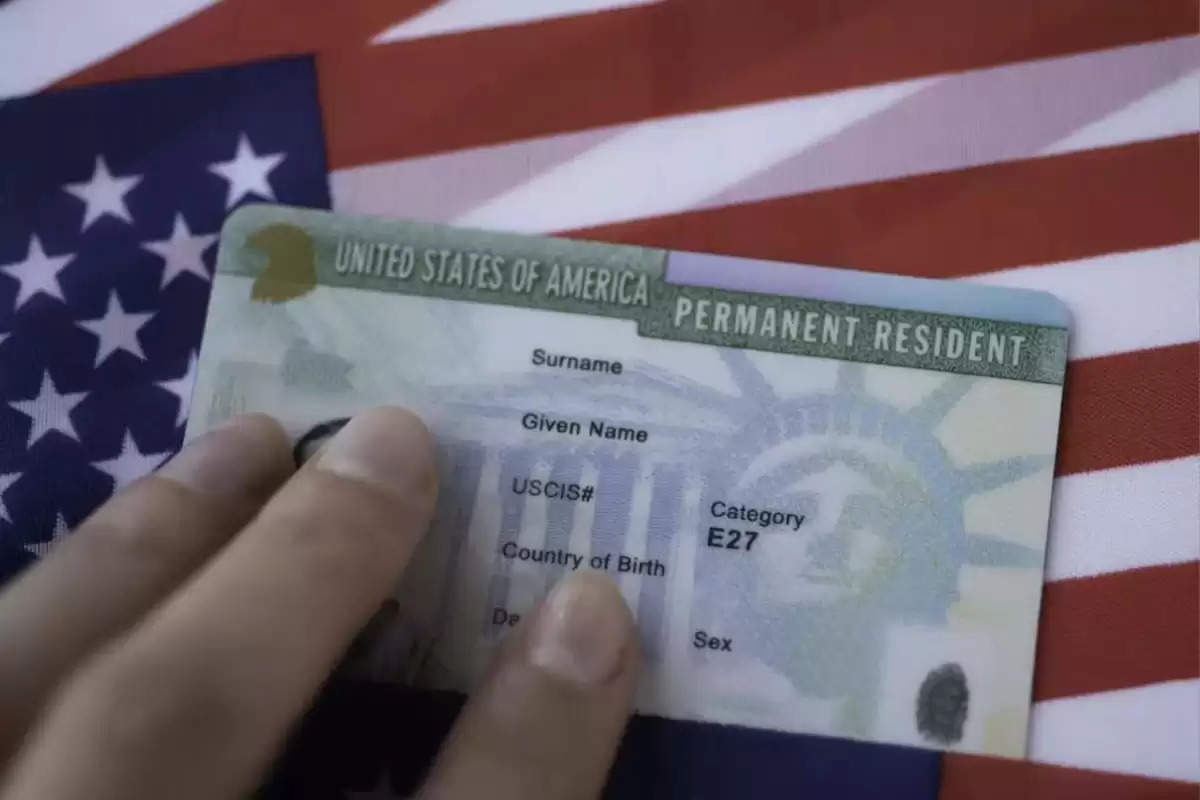A US official explains why India must wait so long for a green card

Washington: According to a senior official, the country-based quota system in its allocation, which can only be amended by the US Congress, is the main cause of the protracted and agonising wait for Green Cards for persons from India, China, Mexico, and the Philippines.
A Green Card, often referred to as a Permanent Resident Card, is a legal document given to immigrants in the US as proof that they have been granted permission to live there permanently.
The yearly cap set by Congress for family-sponsored preference Green Cards is 2,26,000 for the entire world, while the annual cap for employment-based Green Cards is 1,40,000, according to Douglas Rand, Special Adviser to the Director of United States Citizenship and Immigration Services (USCIS).
Further, the yearly family-sponsored and employment-based preference restrictions are set at 7% of the total, he informed Indian Americans during a virtual town hall on visa and consular matters hosted by the State Department.
"Thus, 25,620. Because of this, people from China, Mexico, the Philippines, and India frequently experience longer lines than people from other nations "In response to a query, Rand said.
Every year, there is a high demand for far more Green Cards than 25,620, both for family and employment-based reasons. Regrettably, these annual limits can only be altered by Congress. Hence, it is our responsibility to work within these limitations to ensure that, when those Green Card numbers become available, they are used each and every year, Rand said.
For hundreds of thousands of Indian professionals, the Green Card wait time currently exceeds ten years, and the Visa wait time frequently exceeds a decade.
For now, suffice it to remark that the issue is one of supply and demand. Supply has been restricted by Congress. The demand is still rising. not only from India but from anywhere in the world. A country or category of Green Cards is deemed oversubscribed, according to Rand, when there is more demand than there are available visas for that country or that category.
To make sure that Visa usage stays under those annual restrictions as well as the category and per country limits, the State Department applies a cut-off date in the Visa bulletin. Congress determines the precedence of matters to be considered.
Retrogression, he explained, "means that despite having already submitted an application for adjustment of status or another form of permanent residency, visas are not available to all non-citizens who want them due to the enormous demand for them surpassing the statutory restrictions.
Rand stressed that the US intends to keep enhancing the accuracy and thoroughness of its data on applications for employment-based adjustment of status. "Resuming regular inventory reports is our goal," Even when there is retrogression, he said, there are still long-lasting advantages.
A person who had the chance to file for adjustment of status but whose cutoff date later advances can still apply for various benefits. Individuals are able to apply for non-employer-specific employment authorization. They may submit an application for accelerated parole, which would let them to leave the country, the official said.
"They can move the underlying job opportunity to a new employer once that adjustment of status application has been pending for 180 days or more. Children who have also requested a change in status may not reach adulthood, depending on the circumstances. When the application is being processed, the person is typically seen as being in a period of approved stay, Rand continued.
.png)